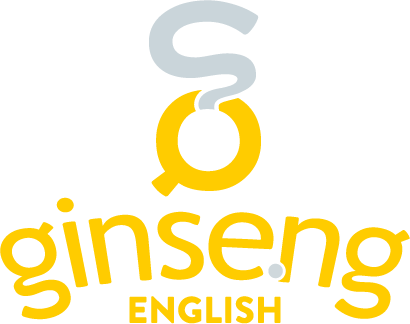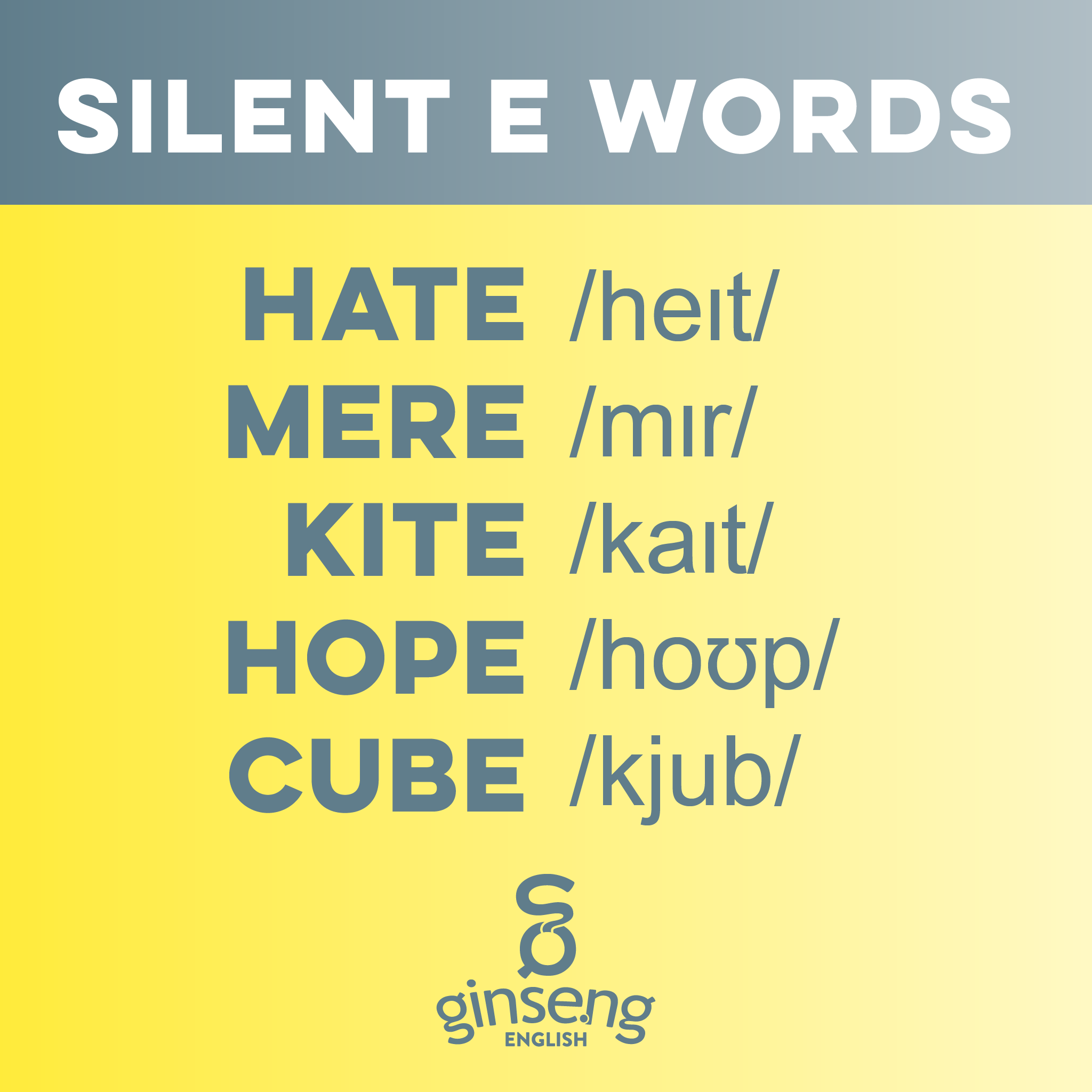A1? B2? What is the CEFR?
A chart of CEFR levels with very brief summaries.
You may have noticed that many of our blog posts and English classes have strange combinations of letters and numbers on them: B1, C2, A1. These codes can tell you some important information about the level of the class or blog post. They come from a European system called the Common European Framework for Reference (CEFR).
Although the CEFR is “European,” it is used in many countries around the world to talk about language proficiency. Because the CEFR is international, it’s very helpful for language learners and language teachers to talk about levels. There are six levels in the CEFR: A1, A2, B1, B2, C1, and C2. If you’re familiar with the idea of English language standards, the CEFR is similar.
The CEFR doesn't describe language in terms of number of vocabulary words or grammar structures. The CEFR focuses on what students can do with the language. For example, students at level B1 can give descriptions on a variety of familiar subjects related to their interests. C1 students can give clear, well-structured descriptions of complex subjects. That's why the CEFR can be used for any language, not just English. Learning your CEFR level can be really helpful to you as an English student!
Soon Ginseng will have a placement test that will help you learn your CEFR level, so watch for that!
CEFR Levels Table
Here is a table with each level in the Common European Framework, along with a description of students at each level.
| Level | Name | Frequency |
|---|---|---|
| C2 | Mastery | Can understand with ease virtually everything heard or read. Can summarise information from different spoken and written sources, reconstructing arguments and accounts in a coherent presentation. Can express him/herself spontaneously, very fluently and precisely, differentiating finer shades of meaning even in more complex situations. |
| C1 | Effective Operational Control | Can understand a wide range of demanding, longer texts, and recognise implicit meaning. Can express him/herself fluently and spontaneously without much obvious searching for expressions. Can use language flexibly and effectively for social, academic and professional purposes. Can produce clear, well-structured, detailed text on complex subjects, showing controlled use of organisational patterns, connectors and cohesive devices. |
| B2 | Vantage | Can understand the main ideas of complex text on both concrete and abstract topics, including technical discussions in his/her field of specialisation. Can interact with a degree of fluency and spontaneity that makes regular interaction with native speakers quite possible without strain for either party. Can produce clear, detailed text on a wide range of subjects and explain a viewpoint on a topical issue giving the advantages and disadvantages of various options. |
| B1 | Threshold | Can understand the main points of clear standard input on familiar matters regularly encountered in work, school, leisure, etc. Can deal with most situations likely to arise whilst travelling in an area where the language is spoken. Can produce simple connected text on topics which are familiar or of personal interest. Can describe experiences and events, dreams, hopes & ambitions and briefly give reasons and explanations for opinions and plans. |
| A2 | Waystage | Can understand sentences and frequently used expressions related to areas of most immediate relevance (e.g. very basic personal and family information, shopping, local geography, employment). Can communicate in simple and routine tasks requiring a simple and direct exchange of information on familiar and routine matters. Can describe in simple terms aspects of his/her background, immediate environment and matters in areas of immediate need. |
| A1 | Breakthrough | Can understand and use familiar everyday expressions and very basic phrases aimed at the satisfaction of needs of a concrete type. Can introduce him/herself and others and can ask and answer questions about personal details such as where he/she lives, people he/she knows and things he/she has. Can interact in a simple way provided the other person talks slowly and clearly and is prepared to help. |
You can read more about the CEFR at the website of the Council of Europe, which developed the framework between 1989 and 1996. There was also a major update to the CEFR in 2020.
How Long Does it Take to Move to the next CEFR Level?
Many students want to know how long it takes to change from one CEFR level to the next. There is no simple answer to this question, and some of the most important factors that affect how quickly you can learn English are individual factors. But there is some valuable research from Cambridge University that we can point to and make some general statements about how long learners of English tend to stay at each CEFR level. You can see this illustrated in the table below.
| Level | Total Hours | Hours From Previous Level |
|---|---|---|
| C2 | 1,030-1,450 | It takes about 300-400 hours to reach C2 from C1. |
| C1 | 730-1,050 | It takes about 200-300 hours to reach C1 from B2. |
| B2 | 530-750 | It takes about 180-260 hours to reach B2 from B2. |
| B1 | 350-490 | It takes about 160-240 hours to reach B1 from A2. |
| A2 | 190-250 | It takes about 100-150 hours to reach A2 from A1. |
| A1 | 90-100 | It takes about 90-100 hours to reach A1. |
Note that the hours each CEFR level in the table above are “Guided Learning Hours”: a combination of classroom study with a teacher, plus guided self-study.

